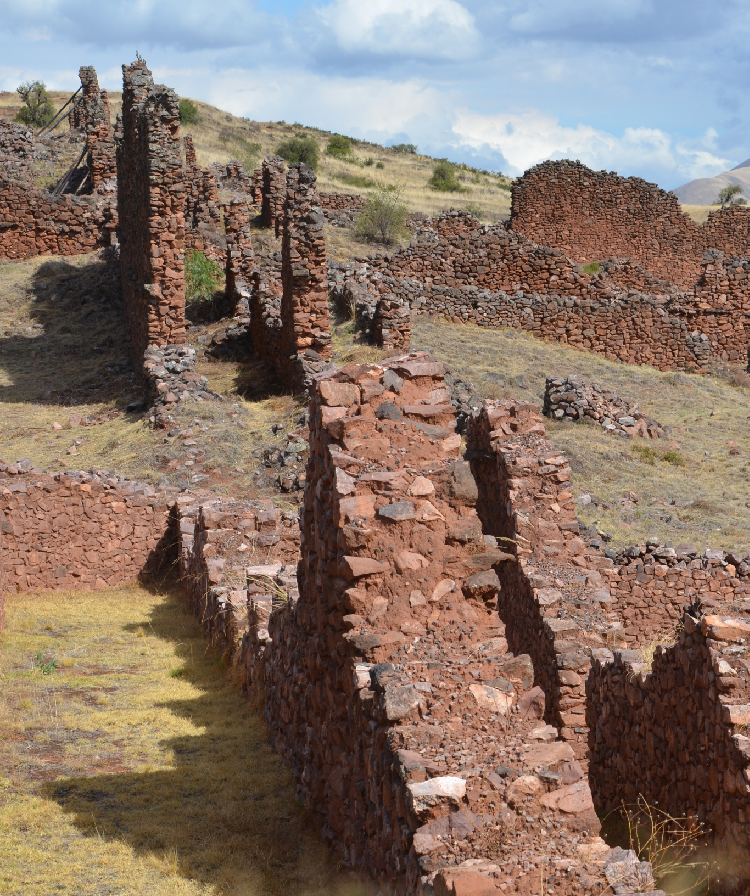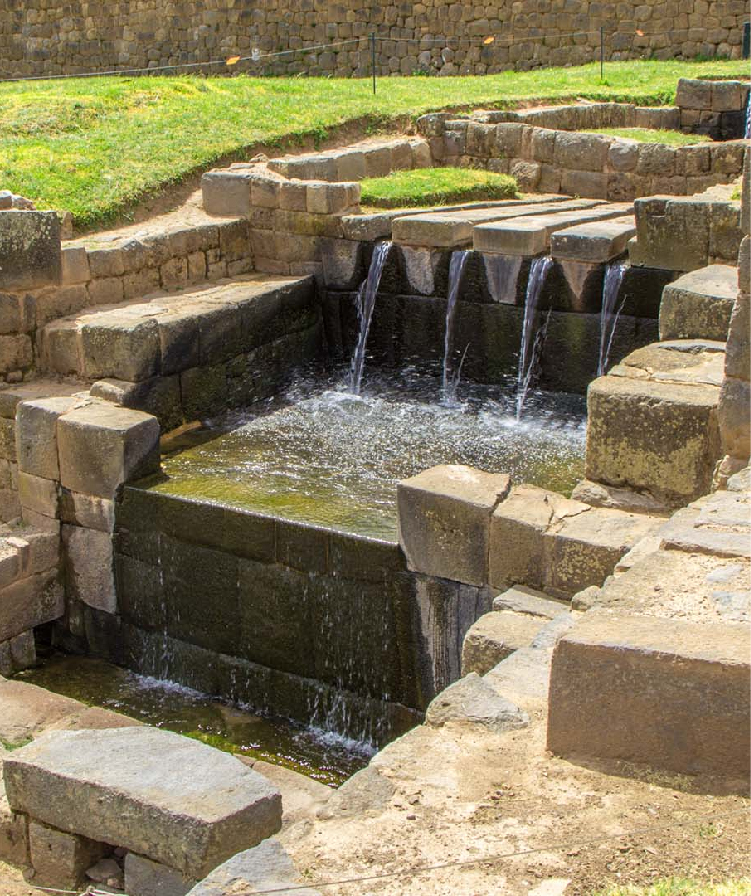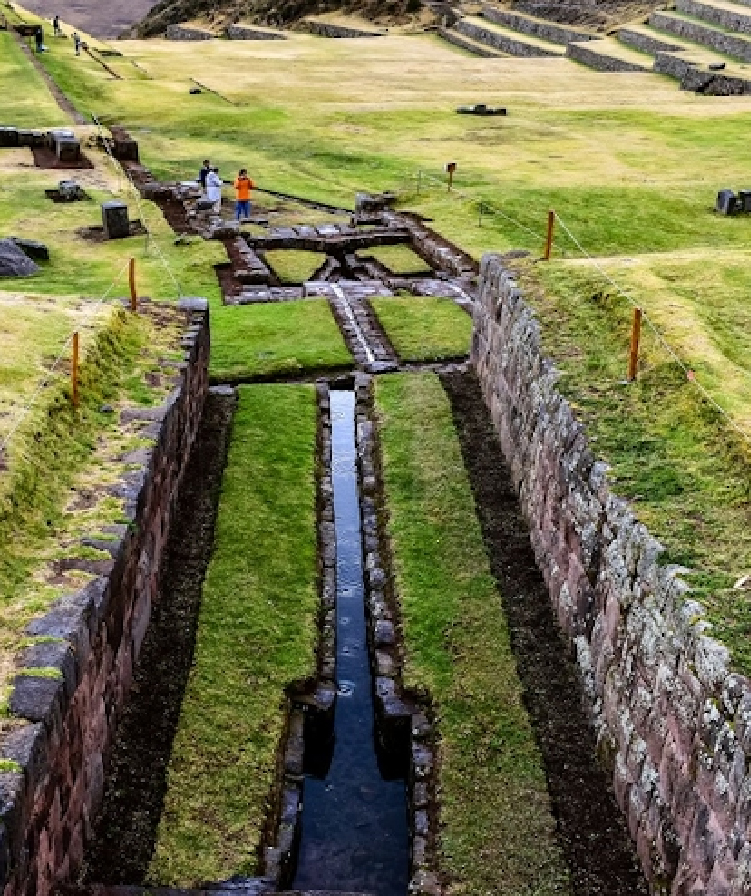The South Valley tour in Cusco is a beautiful and scenic route located very close to the city. It offers visitors a unique combination of history and culture. Highlights include Tipon, with its agricultural terraces and the impressive display of hydraulic engineering in the water channel constructions, which are still in use today. Pikillacta, the ancient fortified city of the Wari culture, and Andahuaylillas, with its colonial church known as the "Sistine Chapel of the Americas." This tour showcases the legacy of ancient civilizations and the fusion of Spanish and indigenous influences, providing visitors with a unique and enriching experience.
Itinerary
The tour begins with a departure from the city of Cusco, passing through picturesque and traditional small villages. In Tipon, you'll be amazed by the impressive hydraulic engineering and its magnificent agricultural terraces, while in Pikillacta, you can explore its ruins and narrow pre-Inca streets.
To conclude, visit the charming village of Andahuaylillas, famous for its colonial church, the "Sistine Chapel of the Americas." You will be mesmerized by its mural paintings, the stunning cedar wood carvings, and the baroque art.
Finally, return to the city of Cusco.
Andahuaylillas
Andahuaylillas is a charming town that houses one of Peru's most impressive colonial art gems: the Church of San Pedro de Andahuaylillas,
known as the "Sistine Chapel of the Andes." This church is famous for its beautiful frescoes and colonial architecture, making it a unique
destination for lovers of Peruvian art, history, and culture.
Tipon
At Tipón, you'll discover an impressive collection of agricultural terraces, perfectly preserved water channels, and naturally flowing springs,
all arranged on a hill with panoramic views of the valley. The main feature of this site is its advanced hydraulic system, used by the Incas to
cultivate different crops at different altitudes, making the most of the region's natural resources.
Pikillacta
Pikillacta was one of the most important cities of the Wari Empire (600-1100 AD), and its urban design, with its aligned streets and a series of large buildings,
demonstrates the advanced knowledge of this civilization regarding planning and architecture. Unlike Inca sites, Pikillacta reflects the influence of the
Wari culture, with its large stone walls, plazas, canals, and platforms.




